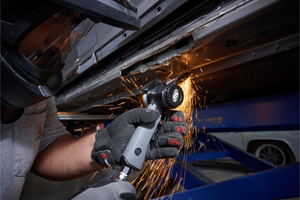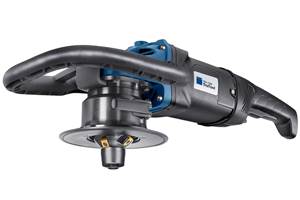Share





Automating a time-consuming, intricate process can save a shop time and money while freeing up labor power for other tasks. Sometimes automation looks like a robot or a computer; but sometimes it looks like a counterboring tool with a retracting blade. A back spotfacer from Heule Tool (Loveland, Ohio) removed the need for operators at one machining business to manually detach and reattach the tool’s cutting head, reducing process time by two to three hours per part, on average.
Sicom Industries, which has locations in Houston, Texas, and Vancouver, British Columbia, takes on work for a range of industries including defense, oil and gas, aerospace and mining. Many of the company’s jobs are for small quantities of high-value, precisely machined parts. A burr or imperfection can prevent flawless fit between parts, obstructing oil and gas flow, or abrading them and leading to premature part failure. One process the company frequently performs on these intricate, expensive parts can be intricate and complicated as well. That process is back-spotfacing.
Back-spotfacing is an operation in which a cutting tool reaches through a hole to the far side of a workpiece to finish the area around the hole, cutting back toward the spindle. However, for Sicom, back-spotfacing is not just a finishing step in the manufacturing process, it is vital step in the part’s utility as well.
A typical part requiring this process—an aluminum casting—might have upward of 40 internal cavities. In the past, Sicom’s milling department manager, Nathan Barker, and his team employed a traditional method in which an operator would feed a shaft through a bore and manually attach the cutting head on the other side. The operator would start the spindle, run the tool, and then take the cutting head off before retracting the post. Performing this operation 40 times on one part was time-consuming and required the focus of a skilled operator for hours of repetitive labor.
This was especially true for enclosed cavities. In this scenario, it would be difficult for operators to manually attach the cutting head to the body, making the process even more complicated and time-consuming. Large parts would have to be re-angled and removed from the production line for finishing, which could take several operators out of production for hours. With an average floor rate of $125 per hour, saving time would mean the company could save money and free up labor to work elsewhere in the production line. The key was to find a way to do this while still meeting customers’ specifications.
Mr. Barker began to research automated tools to speed the back-spotfacing process. He tried one product that saved operators from having to re-attach cutting heads for every hole by projecting the cutting blade when the spindle was reversed. However, material tended to build up around the blade while cutting, blocking its ability to properly retract. This proved to be a problem while back-spotfacing a $10,000 aluminum casting. In this case, an operator was cutting 0.656-inch holes with 1.410-inch counterbores. The material built up, as usual, blocking the blade from retracting and thus damaging the bore. The whole casting had to be scrapped.
While looking for other alternatives, Mr. Barker came across Heule Tool’s back spotfacer (BSF) in a metalworking catalog. Using information from Heule’s website and technical engineers, he determined which of the 36 carbide tools in the series would suit Sicom’s needs.
The BSF’s boring blade retracts using coolant pressure independent of spindle direction or contact mechanism. When the spindle is deactivated, the coolant pressure moves a piston, forcing the blade back into the housing. The tool also has coolant pipes that continuously flush the blade window and the blade itself, preventing material buildup and removing metal chips and fragments from the blade housing. This meant no more damaging high-value castings because the blade would not reliably retract.
The BSF enables the team to back spotface a part without turning it over, saving time. Essentially a backward counterboring tool, the BSF is designed to machine spot faces ranging to 2.3 times the diameter of the through-hole. It can also counterbore without turning the work over. The machining is done on the backside of the drilled hole, and the part can stay on the production line without being re-angled.
The ability to keep the part on the production line—facilitated by reliable, coolant-enabled blade retraction—has saved the company an average of two to three hours of work per casting, by Mr. Barker’s estimates. His operators can focus on other machines, increasing the margin on each casting and effectively cutting days off of a standard turnaround. “It has automated a process for me that was very labor-intensive,” he says. “It has freed up operator time because I know when I get past a certain feature, it is lights-out machining.”
Related Content
Tapmatic Showcases Deburring Tool for a Consistent Edge Break
IMTS 2024: Tapmatic Corp. exhibits the DeBurr-Z deburring tool for simplified programming and a consistent edge break.
Read MoreIngersoll Rand Offers Two New Belt Sanders for Smooth Finishes
Ingersoll Rand’s 360-313 and 360-418 Pneumatic Belt Sanders work effectively on metal, plastic, fiberglass, wood and other materials.
Read MoreTrumpf Deburring Tool Provides Repeatable Accuracy
The TruTool TKA 1500 edge milling tool is now available with a new cutting mount and guide fence for increased applications and safety.
Read MoreHeule Tool Automates Cross Hole Deburring Process
The COFA tooling range is well suited for a wide range of applications, including forks, yokes, common rails, castings, tubes with cross bores and other workpieces with cross bores in their main bores.
Read MoreRead Next
Building Out a Foundation for Student Machinists
Autodesk and Haas have teamed up to produce an introductory course for students that covers the basics of CAD, CAM and CNC while providing them with a portfolio part.
Read More5 Rules of Thumb for Buying CNC Machine Tools
Use these tips to carefully plan your machine tool purchases and to avoid regretting your decision later.
Read MoreRegistration Now Open for the Precision Machining Technology Show (PMTS) 2025
The precision machining industry’s premier event returns to Cleveland, OH, April 1-3.
Read More


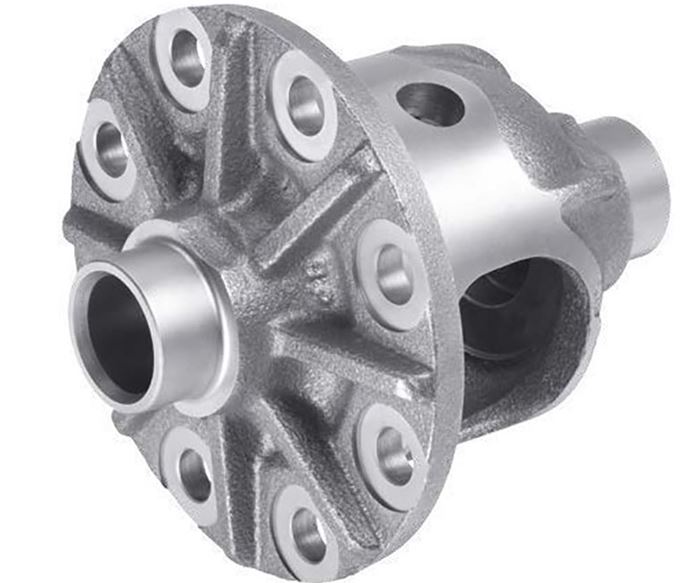
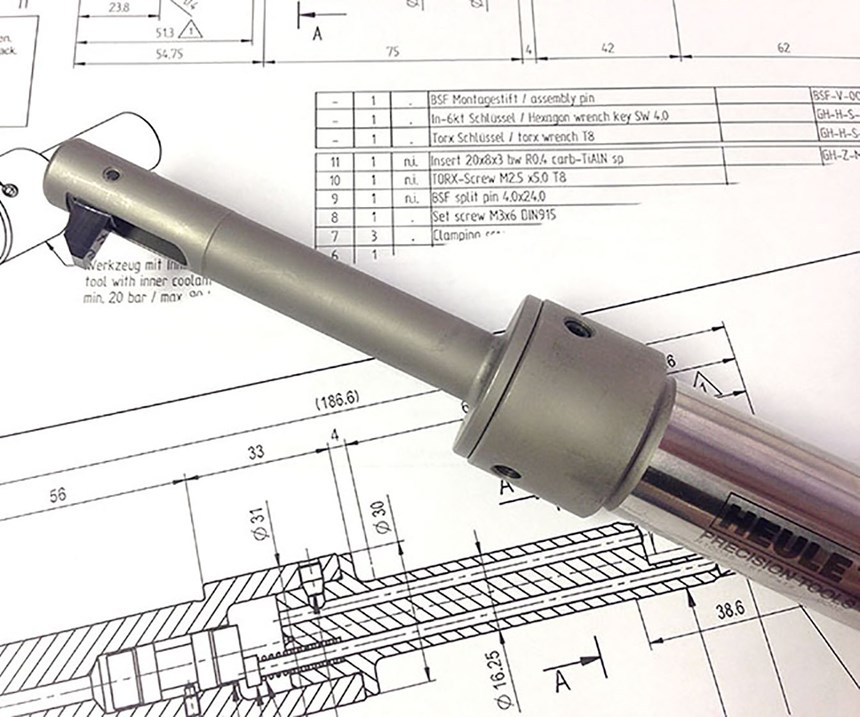
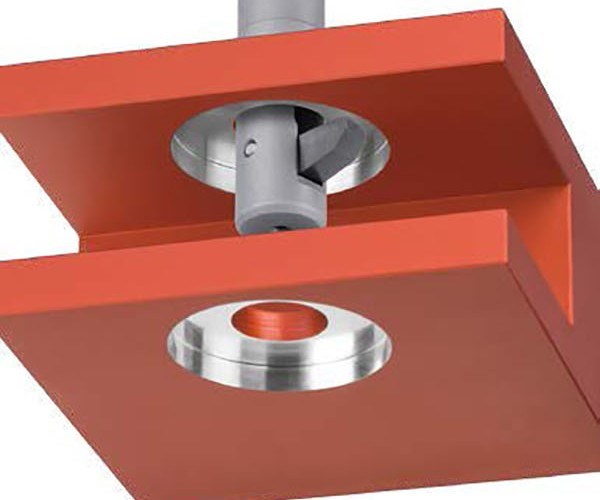


















.jpg;maxWidth=300;quality=90)




